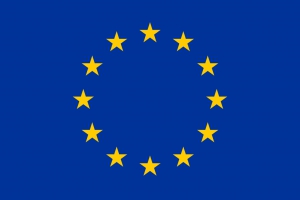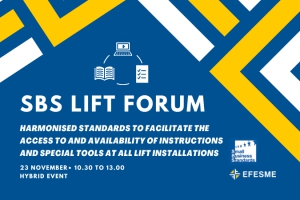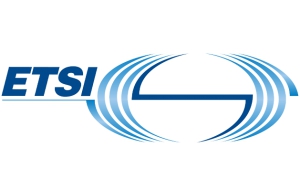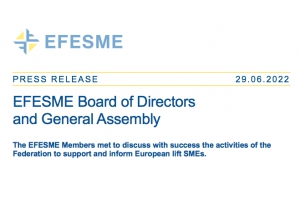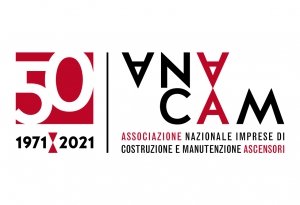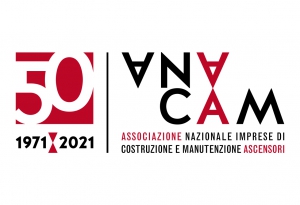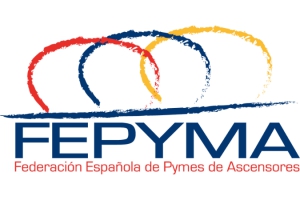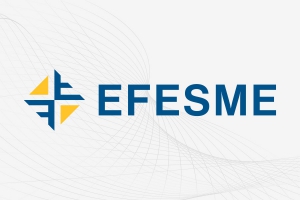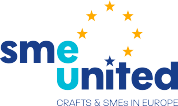Agreement reached on the reform of ESOs
On 12th October, the European Parliament and the Council of the European Union reached a provisional political agreement on the proposal to amend the European standardisation regulation. The amendment, part of the EU Standardiation Strategy published by the Commission last February, was then approved during the Coreper I meeting on 20th October.
In the words of the European Commission itself when welcoming the provisional agreement on 12th October:
"The Standardisation Regulation (EU) No 1025/2012 sets the framework for the European standardisation process, allowing the Commission to mandate the three European Standardisation Organisations (ESOs) – CEN, CENELEC and ETSI – to develop European standards in support of EU legislation. The amendment foresees that, when the Commission requests standards from these organisations, key decisions in the standards-development process are taken by the national standardisation bodies from the EU and the European Economic Area (EEA)."
The existing Regulation (EU) No 1025/2012 is crucial for the proper development of standards at European level, outlining, among other aspects, the relationship between the Commission and ESOs.
Given the importance of this instrument, in early 2022 the Commission proposed, as part of its new Standardisation Strategy, to amend this Regulation in order to ensure greater transparency regarding the decision-making processes within the ESOs, a fundamental aspect to guarantee the correct representation and participation of the civil society in European standardisation.
With this in mind, the proposed amendment, which has now been accepted by the European Parliament, the Council of the European Union, and the Coreper I, strengthens the concept that civil society and Member States must be duly involved in standardisation and decision-making processes, to "improve the functioning of ESOs and enhance member states’ representation in their decision-making processes" (© Council of the European Union)
Again in the words of the European Commission:
"The amendment foresees that, when the Commission requests standards from these organisations, key decisions in the standards-development process are taken by the national standardisation bodies from the EU and the European Economic Area (EEA). These national standardisation bodies are best placed to ensure an inclusive process with balanced stakeholder consultation and with due respect for EU values. This is particularly important in strategic areas, such as cybersecurity or hydrogen. The three European Standardisation Organisations will need to put in place administrative and good governance principles, which will enhance the openness, transparency and inclusiveness of the standardisation processes. In particular, they will draw on the expertise from all relevant parties, including industry, SMEs, civil organisations and academia."
In addition to this, the newly created Recital 4(a), on the need to guarantee the “essential” SMEs interests are represented within the ESOs and at national level, is warmly welcomed. This Recital, adding to the EC proposal, underlines once more the need for transparency and inclusiveness in the standardisation system, involving SMEs and all interested stakeholders.
EFESME welcomes this agreement, especially regarding the protection and respect of EU rights, and the direct involvement of SMEs and their associations in providing expertise to ESOs to make their administration and governance more open, transparent, and inclusive.
Useful links
- Council of the European Union press release
- European Commission press release
- EC Daily News on this topic
- Previous - EFESME synthesis of the New Standardisation Startegy
- Previous - EFESME press release on the New Standardisation Strategy
SBS Lift Forum ~ Harmonised standards to facilitate the access to and availability of “instructions and special tools” at all lift installations
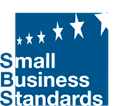
SBS Lift Forum 2022
Harmonised standards to facilitate the access to and availability
of instructions and special tools at all lift installations
The 2022 edition of the SBS Lift Forum, an event that every year brings together experts, stakeholders and SMEs in the lift sector, will revolve around special tools, instructions for use, and their necessary and constant availability "in time and space" at the installation site.
The need to make special tools and user instructions available at installation sites is a topic of crucial importance for the daily work of European lift maintenance SMEs - the slice of the market in which lift SMEs are most strongly present.
Harmonised standards for the lift sector should contribute to ensuring equal conditions of competition among economic operators dealing with lifts, in particular SMEs.
The inclusion of health and detailed and verifiable safety specifications to for tools and instructions is expected to be hopefully provided already in the next versions of the ISO 8100 harmonised standards. This would ease the conformity of lifts to the objectives of the Lift Directive and support market surveillance activities to be better tailored to the harmonised standards, and thus be more effective. Such a situation would be optimal for European lift SMEs.
The aim of the event will therefore be to consider all the possible different options to include appropriate specifications for tools and instructions within the text of the lift harmonised safety standards. The forum will provide a diverse set of perspectives by bringing together representatives of the European Commission, standardisation bodies (CEN), notified bodies, and SMEs themselves.
Do you already have a question about special tools and instructions for use that you want to ask the speakers? This email address is being protected from spambots. You need JavaScript enabled to view it.!
We hope to see many of you there with lots of questions for our experts and colleagues!
Should you have any question on the event, please contact us at This email address is being protected from spambots. You need JavaScript enabled to view it.
Over the years, the ETSI Smart M2M Commission has published several key documents for European lift SMEs. On the basis of the work and activities carried out by the EFESME& SBS expert involved, Mr. Marco Cogliati, rapporteur of the last three published documents on lifts and escalators, find here belowan historical and technical overview of these important developments.
After careful consideration and preliminary studies, but above all a desire expressed by EFESME and SBS's experts, an in-depth study was undertaken in 2019 on the IoT world in relation to the world of vertical mobility. With the support of SBS, EFESME provided along the years a group of experts who could study the possible developments of the lift world in a field that is now in total and rapid expansion, that of the Internet of Things.
With the current presence of an expert, Mr. Marco Cogliati, in the TC SmartM2M of ETSI (European Telecommunications Standards Institute), an attempt was made to develop documents that could guide the lift world towards a pushed digitalisation.
Two documents were published by ETSI in 2020 and 2021, respectively the technical report TR 103.546 - Requirements & Feasibility study for Smart Lifts in IoT in 2020 and the technical specification TS 103.735 - Smart Lifts IoT System in the following year, which are the lift industry's first approach to the digital world.
The work of the experts involved in these projects was not easy, precisely because of the difficulties involved in connecting the analogue world (lift) to the IoT world. After an initial approach with the Technical Report, they moved on to the drafting of the Technical Specification. The result obtained by the expert group on these two aforementioned deliverables was evaluated very positively by the telecommunications engineers taking part in the SmartM2M TC, and for this reason a positive vote was taken for the drafting of a new TS concerning the integration of the world of stairs and escalators into IoT systems.
TS 103.849, entitled 'Smart Escalator - IoT system', in the same way as the one for lifts, provides a set of specifications concerning the configuration of data and signals for escalators and moving walks in more or less complex IoT systems. It was published on the 11th August, a month ahead of schedule.
The SmartM2M TC delegated a specific 'ad hoc group', consisting of IoT and escalator and moving walkway system experts representing both European SMEs (SBS/EFESME) and large manufacturers and multinational companies (ELA/Schindler). The rapporteur for this TS, as well as for the previous TR and TS on smart Lifts, was again Mr. Marco Cogliati, the EFESME & SBS expert representing the lift sector and its SMEs, who is present within Smart M2M thanks to the continuous support of SBS. The fact that Mr. Cogliati has been chosen three times to represent such important documents for lift SMEs is testimony both to their importance in the sector and to the excellent work carried out by the expert with the support of EFESME and SBS.
The work of the technicians has been developed in synergy and in this way a document has been created that is similar to that previously published on lifts; the choice to keep the same approach in reference to the documents produced was made on purpose in order to give a univocal line to the approach of vertical mobility systems in the digital world.
In this context, the technical specification analyses the architecture of the IoT system for stairs and moving walkways; type and origin of data, units of measurement and all the information required to enable the digital platform to correctly process the information received from a staircase or a larger group of stairs or moving walkways.
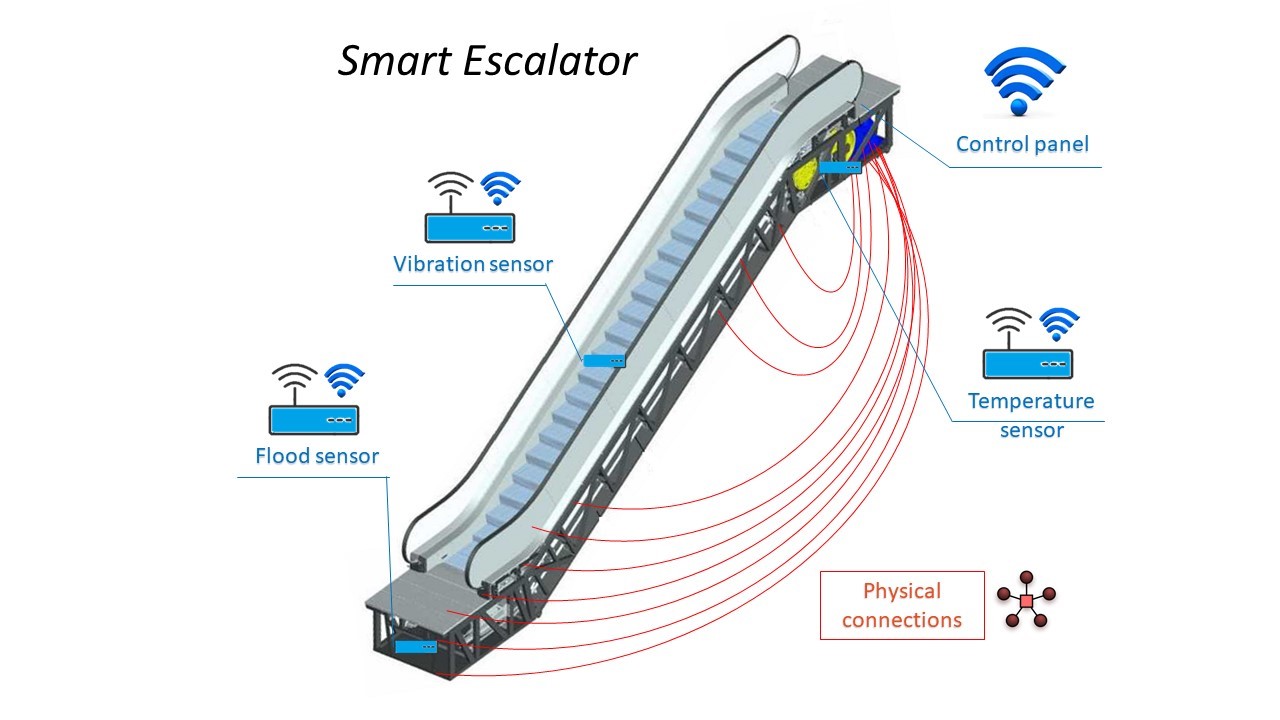
© Marco Cogliati
Specific sections delve into identifying and unique data to identify the scale or treadmill, then administrative, management and geolocation data. For example, in Chapter 5 of the document, in addition to the architecture of the system, the security, privacy and cybersecurity part are approached, as well as specifically addressing interoperability with the OneM2M platform.
In developing the document, the experts considered it important to include a series of construction characteristics that identify the machine, such as design data and regulatory references, electrical data, the date of installation or the date of the last modernisation carried out, all movement and alarm signals, e.g. the fire alarm, signals from specific sensors (temperature, vibration, water, speed, etc.). More specifically, the document contains chapters dedicated to all signals, whether status signals, error signals, statistical signals or those from 'real time mode'.
As in the twin specification for "Smart Lifts", general commands and the part relating to the communication system, both configuration and signal, are described.
Finally, TS 103.849, after following its internal process and after editorial and formal verification, was approved by the TC SmartM2M committee and published in August 2022, one month ahead of schedule.
To complete this ambitious framework of useful deliverables for the sector, in the coming months the experts of the TC SmartM2M- ad hoc group Lifts will work on a new version of the technical specification TS 103.735 "Smart lifts - IoT system" to align the contents of the document to the state of the art with respect to the ICT (Information and Communications Technology) part, thus incorporating some suggestions from the stekolders and technicians in the sector.
Furthermore, it is of utmost importance to mention and point out that Mr. Marco Cogliati's role as rapporteur in all three published documents represents not only the excellent work done by the expert supported by EFESME & SBS, but also the considerable role played by the SME experience in developing these documents. The day-to-day experience of SMEs, the information they can bring to the table, always provides relevant insights for developing useful documents, and the presence of the expert representing them ensures that these deliverables are as SME-friendly as possible.
EFESME newsletter #3/2022
EFESME newsletter #2/2022
EFESME Board of Directors and General Assembly
The EFESME Members met to discuss with success the activities of the Federation to support and inform European lift SMEs.
During the last EFESME Board meeting, Members had the opportunity to discuss with the Federation's various technical experts about the latest developments within the European and international standardisation world. Thanks to the solid and long-lasting cooperation with SBS, EFESME experts have continued to participate in a stable and successful way in the European work of CEN TC 10 and ETSI Smart M2M, the Notified Bodies, the Commission Expert Group on Machinery and the Commission Expert Group on Lifts. At international level, EFESME is active in ISO TC 178.
Members were also able to discuss with the EFESME Secretariat the activities, events, and deliverables developed over the past year in support of European lift SMEs. The members were very satisfied, and identified a number of activities to be taken forward in the near future with the support of the technical experts and the EFESME Secretariat.
Finally, the Federation saw the election of a number of new Directors to replace the previous national association representatives within EFESME. The Federation and its President thank all Members and their current and past representatives for their excellent work and solid collaboration, and wish the new Board of Directors all the best in their upcoming activities.
EFESME has already started to organise its activities for the coming months, with the full support of the Board of Directors - information and training of SMEs and the creation of a working environment, not only European, remain the priorities of the Federation, its members and the various technical experts involved.
ANACAM published a new book on the energy and environmental implications of lifts and lifting platform
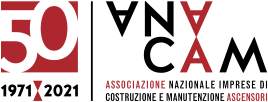
Article translated from the original in Italian - Find the ANACAM article HERE
Lifts, energy, environment, by the author Giuseppe Iotti
- For more information on the book and the author himself, contact ANACAM at This email address is being protected from spambots. You need JavaScript enabled to view it.
EFESME at the ANACAM 2022 National Assembly
At the invitation of ANACAM and its President Andrea Codebò, EFESME and its team participated in the 51st National Assembly of ANACAM, which took place last June in the evocative setting of Giardini Naxos, in Sicily (Italy). During the three-day Assembly, which was also an opportunity to talk about the reality of Italian lift SMEs, the various bonuses and national standardisation, EFESME, in its dedicated panel, presented its political and technical role at European level in support of the SMEs it represents.
The event started with a speech by the Federation's President, Mr. Massimo Bezzi, and Policy Advisor Elettra Bilibio, who presented not only EFESME's activities at the political level, its good relations with the European Commission - DG Grow, and the many consultations to which the Federation has responded, but also the many initiatives carried out with its European partners SBS - Small Business Standards and SMEunited.
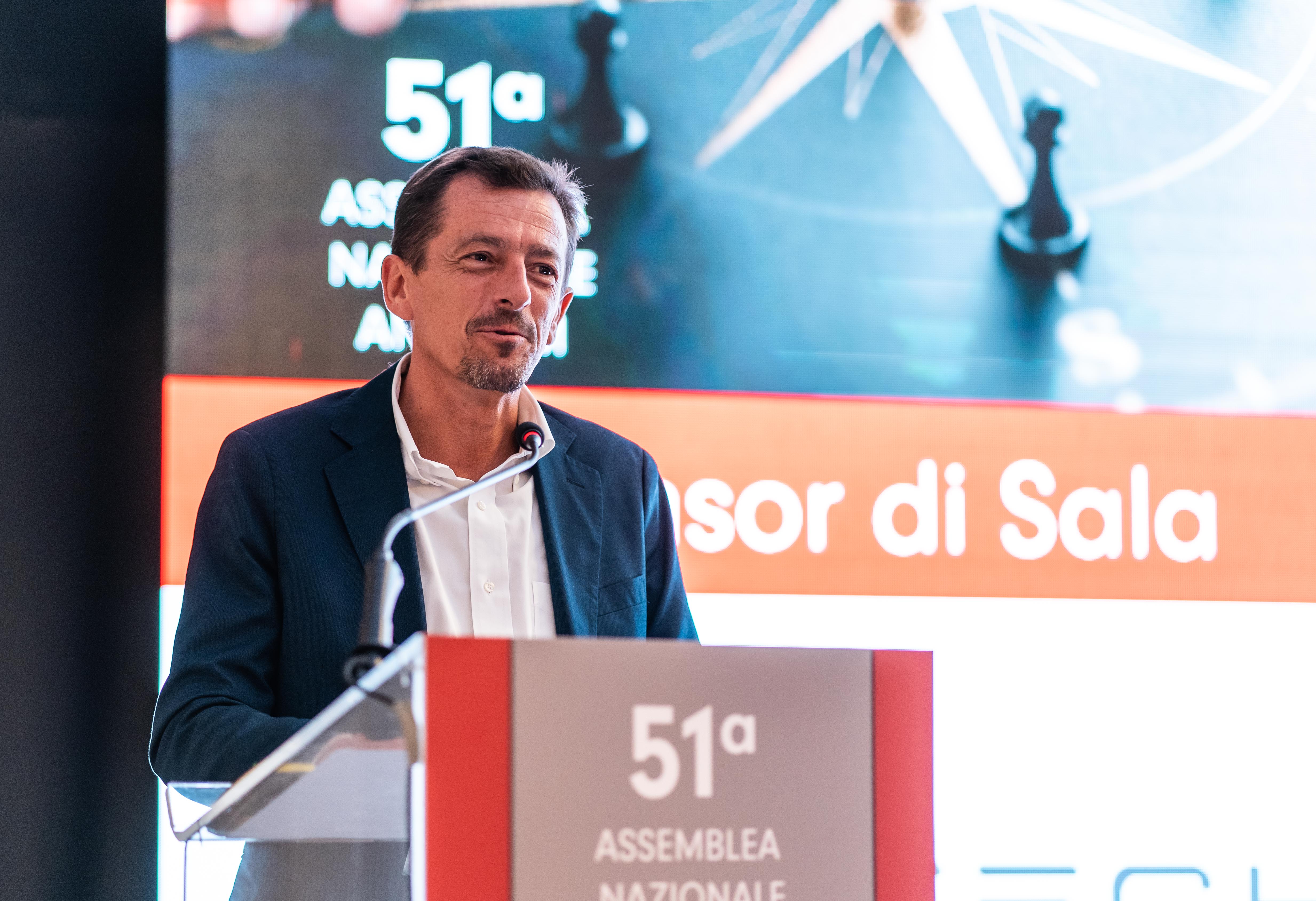
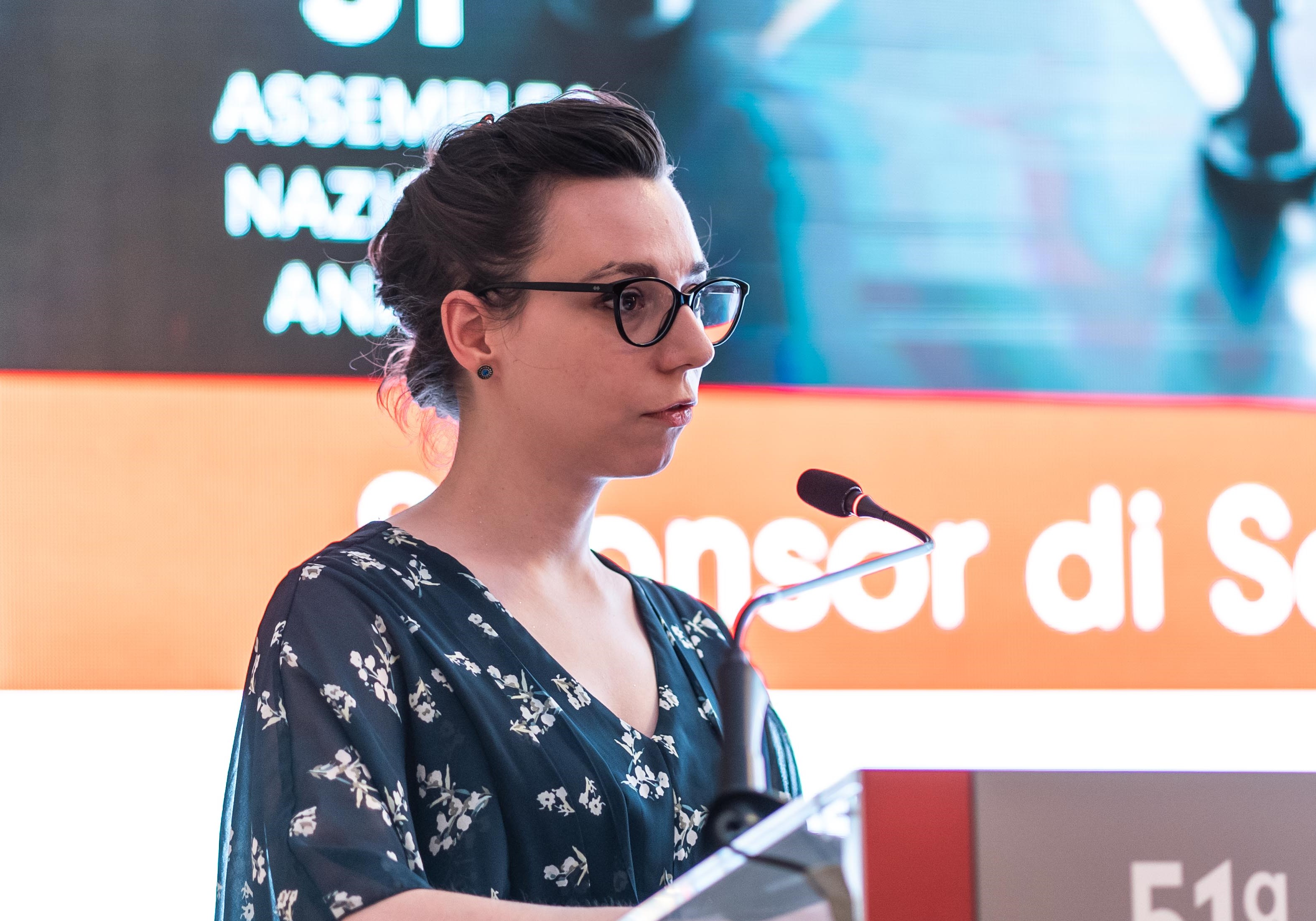
Opening the section of the panel dedicated to technical activities, Mr. Tiziano Caresani presented his work as EFESME/SBS expert within CEN TC 10/WG 13 - Vertical lifting appliance with enclosed carrier. Mr. Caresani spoke about the standards that were the subject of WG13's work and that are now the subject of public inquiries by CEN:
- prEN 81-42: Vertical Lifting Appliance with enclosed carrier intended for use by persons, including persons with disability
- prEN 81-30: Electric and hydraulic service lifts
- prEN 81-31: Accessible goods only lifts
Mr. Caresani also presented an important success story for SMEs within WG 13, namely the work carried out on Performance Levels (PLs). The way the very first draft of the standard was written, it seemed that PLs were to be the only option. Instead, thanks to Mr. Caresani's work within the WG and the consensus created with the other experts present, PLs are now only one of the possible options.
As a final topic, Mr. Caresani spoke about his activities within the Commission Expert Group on Machinery, and the ongoing revision of the Machinery Directive 2006/42/EC by the European institutions. (find more information about EFESME position on the ongoing revision HERE, and the SBS article HERE).
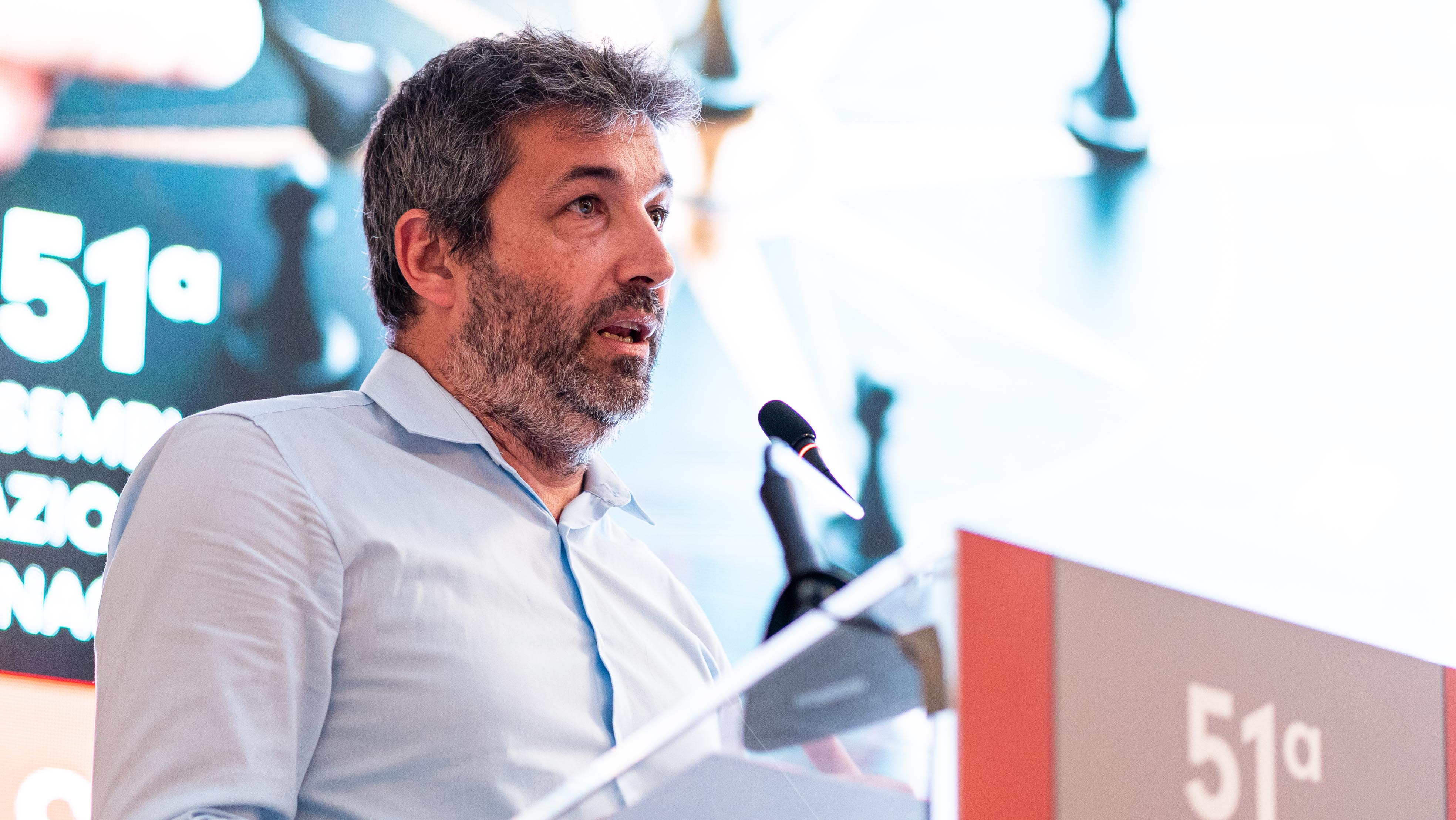
CEN TC 10/WG 13 & COMMISSION EXPERT GROUP ON MACHINERY UPDATES
Mr. Ferrarini, speaking also on behalf of the EFESME Secretary General, Mr. Luciani Faletto, instead, spoke about the activities currently underway regarding the EN 81-20 and EN 81-50 standards, the work done within CEN TC 10/WG 1 - Lifts and service lifts - Lifts and service lifts at European level and within ISO TC 178 - LIfts, escalators ad moving walks - LIfts, escalators ad moving walks for the international context.
Mr. Ferrarini also illustrated how the work on the revision of the EN 81 series is progressing, showing the various bodies involved, starting with TF HaS and the European Commission, and emphasising the role of EFESME and SBS in this process - not least thanks to the comments submitted to the European Commission's most recent Standardisation Request to CEN-CENELEC (more information HERE). His presentation also moved to the international level to describe the status of ISO 8100-1 & ISO 8100-2, the importance of digitisation and cybersecurity within ISO TC 178, and the relationship with China within the joint CEN-China group.
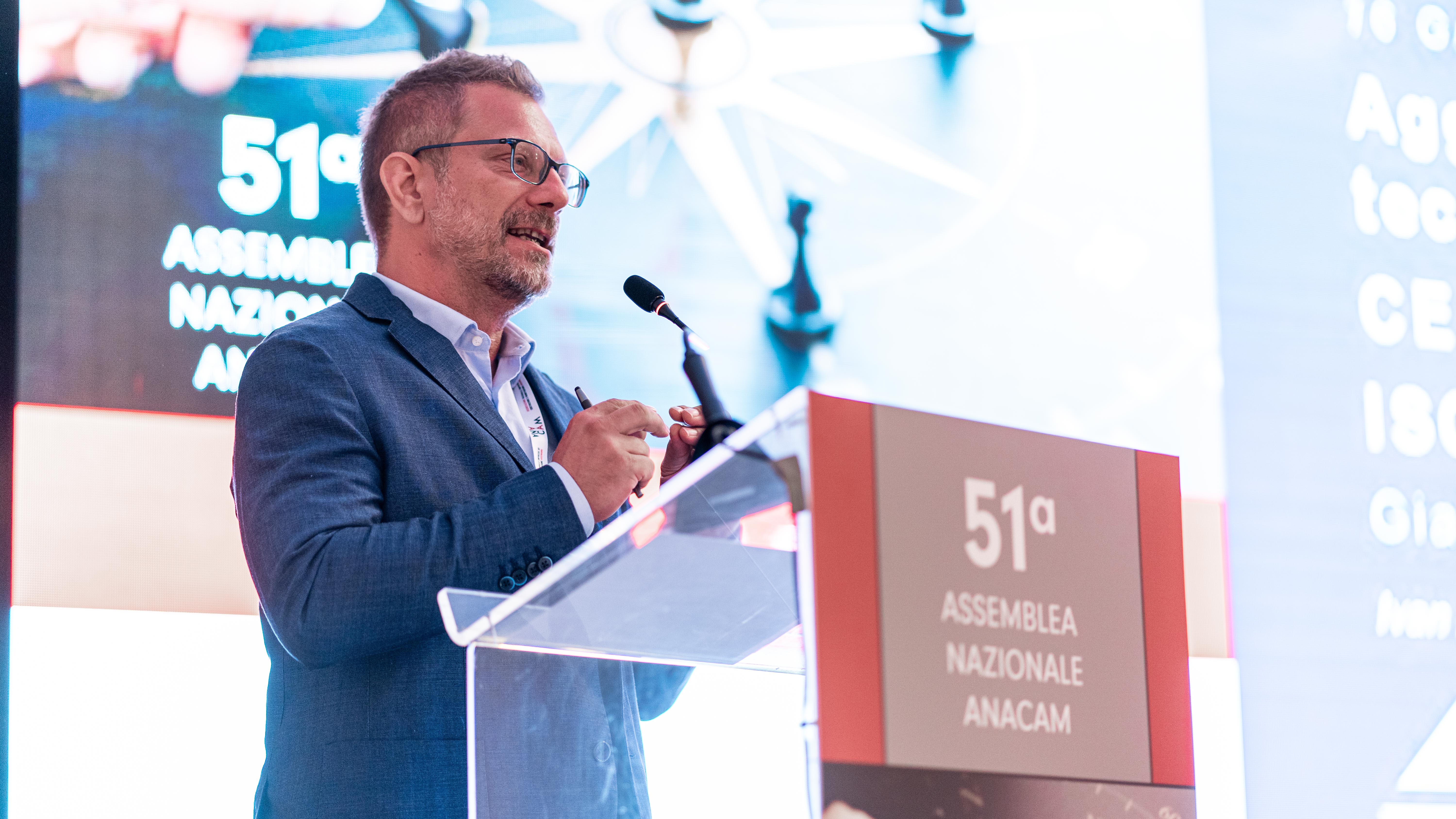
EFESME would like to thank ANACAM and its President for the welcome invitation and the opportunity to meet Italian lift SMEs on their territory, and discuss their problems and needs to be brought to Europe. Meeting with members and SMEs remains a key aspect of EFESME's activity and EFESME will continue to organise national events with the various associations in the future.
Find more information on the ANACAM National Assembly at the following links (in Italian):
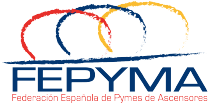
Article translated from the original in Spanish - Find the FEPYMA article HERE
In addition to mentioning the new developments in relation to the new ITC, thanks to the collaboration with EFESME and SBS, we were able to share the current situation of the technical standards. Special mention was made of the new ISO 8102-20 on cybersecurity in lifts and escalators, which will be published soon.
This leading position is demonstrated by the growth in sales and profitability of SMEs compared to multinationals. On the other hand, the representative of SME lift companies who participated in the round table defended partial replacements against complete replacements based on reasons of savings for customers and environmental protection.
With the intention to better understand how the EU lift market evolved in the past 12 months, EFESME developed a survey among its members and collected inputs covering the period from May 2021 to May 2022.
The aim of the survey was to better understand the evolution of the EU market in the past 12 months during and after the pandemic
The final report developed by the EFESME Secretariat presents a detailed picture on the situation in EU market, in order to give SMEs a first tool to understand what kind of installations wasbeing placed in the market, how many of them at both national and European level, and how national markets are moving and evolving. It was of course thought and developed from a SME point of view.
It deals with topics such as:
- Types of installation
- Traction systems
- State aids during the pandemic
EFESME wanted to have from their national members some a direct feedback on the various issues and on how the different national governments have reacted to the ongoing situation. In this way, it was possible to to discover the different approaches to support SMEs in these difficult times.
READ THE FINAL REPORT
The Italian lift market
What emerges from the EFESME survey is the particularity of the Italian situation, where there has been a great effort on the part of the national government in terms of helping and stimulating the business world.
Specifically, in the lift sector there are government incentives, depending on the type of work to be done, with bonuses ranging from 50% of the cost up to total coverage of the investment. These percentages also vary if the system meets the requirements for the removal of architectural barriers, for example, or if it is a modernisation according to the latest standards.
Some of the Italian state aids were:
- To building owners to improve the energy performance of buildings;
- To improve seismic resistance of buildings;
- To renovate old buildings and its installations (lifts included);
- In the form of fiscal credits that can be sold to banks.
As far as the Italian situation is concerned, which is an unique example of its kind, it has been possible to observe a growth in orders in excess of supply and/or what can be offered, regardless of shortage of raw materials and related market speculations.
From what EFESME learned from its national members with this survey, no other situations like the Italian case have emerged at national level regarding state incentives that have gone to help especially SMEs in this particularly difficult time. Although the lift sector has been recognised as fundamental and crucial everywhere, and has therefore been able to continue working even during the most grave moments of the pandemic, EFESME was not told of any other examples of state intervention to support the sector itself and its enterprises, leaving the Italian situation an isolated but positive case for the industry.
Some other European markets
Regardless of this situation, at the European level, other considerations need to be made. The lift markets in Germany, Spain and France, from what EFESME has been able to gather from discussions with its national members, despite not enjoying concessions or not being favoured by specific bonus dynamics, have remained very active markets and have managed to reach almost per-pandemic numbers again.
The EFESME Secretariat remains at your disposal should you have any more questions on the EFESME market survey and final report.
